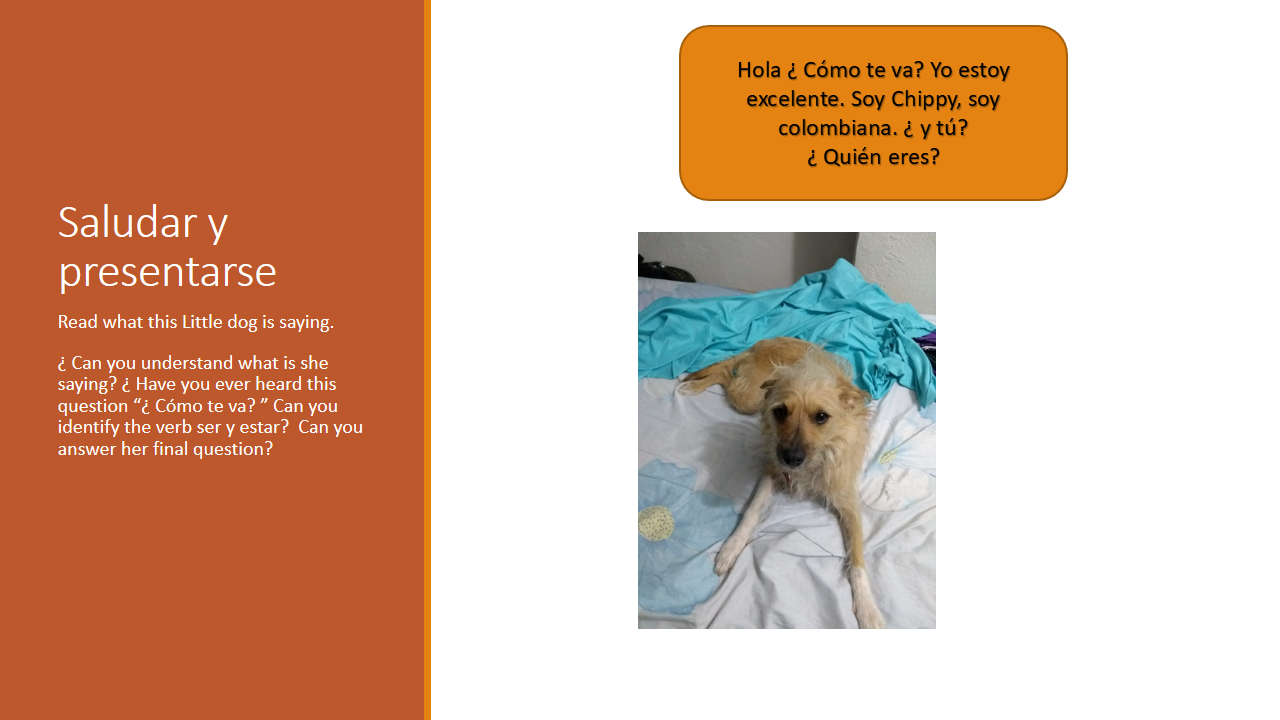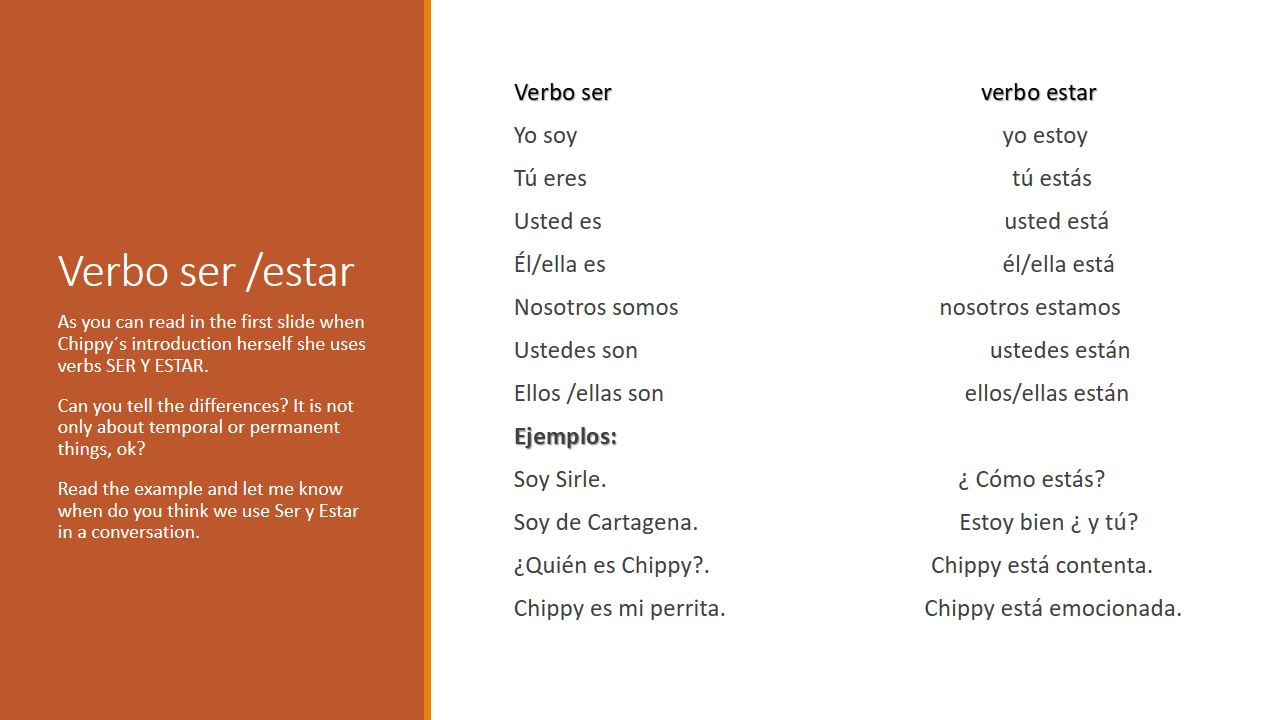 |
| Laguna de Iguaque. Foto:SSClasespañol |
Some foreigner students connect the imperative only for commands or orders and they think if they talk in Spanish using imperative, they are being rude. But not at all. In Spanish the imperative is used beyond the commands or orders. I dare to say closer the relationship is the imperative is more common to use among the speakers.
Let´s watch the video and pay attention how this cute lady explains us some instructions to be safe during the Covid-19 crisis.
As you could notice , here the most important use of imperative is to give some instructions but at the same time, this lady gives us some advices about how to keep elderly people save during the crisis, then the imperative is used for :
1. Instructions
2. Recommendations
3. Offering something (this use is not on the video)
Let´s look at some examples from the video:
- Mantengan la distancia
- Muestren la berraca* información
- Hablen con nosotros
The three verbs above , they all are conjugated in the form USTEDES. Forming usted o ustedes in imperative is not that complicated. You need to do this:
Hablar→presente → usted habla→imperativo → hable
Hablar→presente → ustedes hablan→imperativo → hablen
You just change the ending vowel in present simple. If the verb finishes in _AR , in present simple the vowel is A, in imperative changes to E - A→E
If the verb finishes in _ER/_IR , in present simple the vowel is E, in imperative changes to A - A→E
This rule applies even when the verb is irregular.
Mover →presente → usted mueve→imperativo → mueva
Mover→presente → ustedes mueven→imperativo → muevan
BUT
If the verb has an irregular YO (first singular person ) , the irregular root is kept in the imperative conjugation. LOOK:
Mantener→presente → yo mantengo→imperativo → mantenga
Mantener→presente → yo mantengo→imperativo → mantengan
When you need to say a negative instruction or recommendation. The rule above explain also apply
( only if you are talking using USTED OR USTEDES- with the conjugation Tú is different)
No visiten a los abuelos
IMPERATIVE WITH PRONOUNS
What happens when you need to include a reflexive pronouns or direct/indirect object pronouns?
Some examples are provided in the video too:
Affirmative:
Cuídenlos ( a los abuelos) - pronoun after the verb in imperative and it is only one word
Negative
No nos dejen arrumados- pronoun between NO and the imperative verb.
Is it clearer now? Remember that also you will need to gather more vocabulary and verbs conected to the instruction you would like to say, that is the reason I suggest to read , watch and listen real material, they will give you examples how we really speak.
*Berraco/a: in Colombia means "difícil de resolver, valiente or bravo". Although in the video is more used to express: " tell the entire truth , it doesn´t matter how hard or cruel is"
+ English is not my mother tongue, Please if there is a mistake , let me know and I will correct it.


















